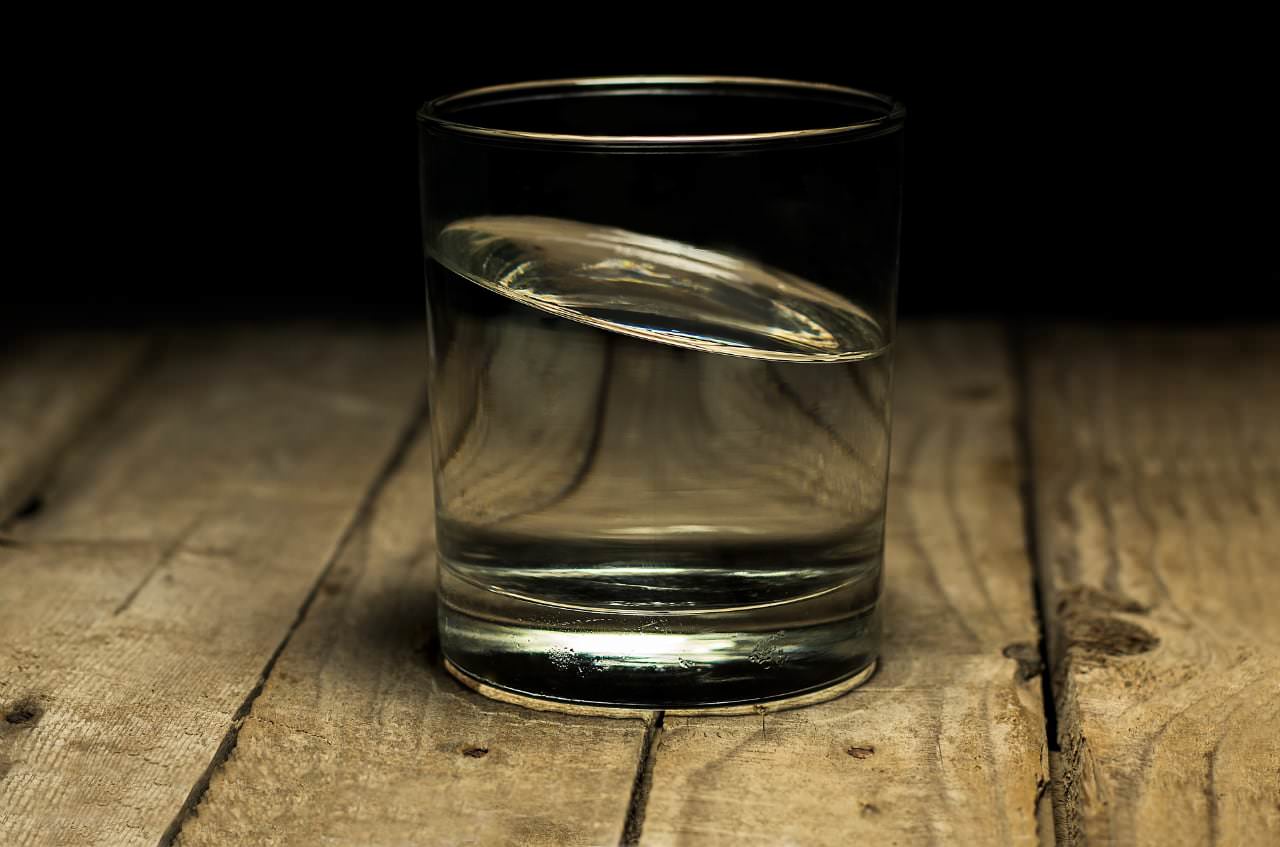Dehydration is a very serious problem in all ages and has potentially deleterious consequences if not diagnosed and treated promptly. Dehydration is often encountered in the elderly, both in the community and long-term care settings and it is important to understand some basic principles to reduce the risk of dehydration in this sensitive age group.
Water accounts for about 60% of body weight in an average human. Two-thirds of this water is located in the cells of the body and one-third is located extracellularly. Part of the extracellular fluid is in our veins and arteries (the intravascular space) and this is tightly regulated by complex mechanisms based on pressure and osmotic receptors. The total amount of water in our body depends on a fine balance between intake and output of fluids.
Water can be lost from our body from the kidneys through urine production, the skin through sweating, the lungs through breathing and the gastrointestinal tract through defecation. The kidneys filter our blood (around 150 liters of fluid per day) but only 1% of that fluid (1.5 liters) are excreted normally as urine. This shows the remarkable capacity of our kidneys to ‘economize’ water in order to keep us alive. The same happens in the gastrointestinal tract where the six to seven liters of fluids that the intestine receives per day (adding up the amount of liquid we consume in our food and drinks, the salivary, gastric, pancreatic and biliary secretions), the amount of water in the feces is only around 100 ml. This is another amazing mechanism of water conservation in our body. Of course in cases of gastroenteritis this absorptive mechanism is disrupted and therefore one can become dehydrated within hours in cases of severe diarrhea or vomiting.
As mentioned above water is also lost through sweat – normally 500 ml per day, but this amount may be increased during a hot day or if the person has fever. Sweating is a thermoregulatory mechanism and one should always take into consideration the increased losses through sweating in a feverish patient. Finally, a small amount of water is exhaled through the lungs via respiration – around 200 ml per day. To summarize, dehydration can occur in cases of decreased intake of water or/and increased losses as may happen with conditions like vomiting, diarrhea, kidney problems, administration of diuretics, high fever, hot environment, etc.

How can someone assess body water loss and dehydration in general? In conscious adult patients with no cognitive impairment, dehydration would normally bring thirst and a desire to drink water to replenish the losses. The mechanism of thirst is based on complex systems that are triggered through specialized osmoreceptors and baroreceptors in the body that sense water loss. In cases of altered consciousness or impaired cognitive function as in dementia or even in other conditions, the mechanism of thirst does not function well. The patient may not feel as thirsty or may feel the thirst but may not be able to communicate this. Bedridden patients with motor disability may not be able to get to the water if it’s not within reach. Progressively with age these regulatory mechanisms start to fade gradually and therefore older persons exhibit a decreased thirst sensation and reduced fluid intake.
So are there any ways of detecting dehydration in the elderly patient with impaired cognitive status that will not communicate to us that he is thirsty? A good rough guide is to look at the tongue and its moisture. A moist tongue without furrows argues against the presence of dehydration, whereas a dry furrowed tongue is suggestive of dehydration, but not diagnostic as this can also happen due to other causes, such as mouth breathing, various drugs, salivary gland dysfunction and so on. Another sign of dehydration is the presence of a dry axilla. Finally, a more reliable sign for dehydration, is what is called postural hypotension, during which the patient becomes dizzy when he assumes an upright position and there is a drop in the blood pressure and a rise of his pulse rate.
The diagnosis of dehydration is associated with an increased in-hospital morbidity and mortality. Dehydration has been proposed as a quality of care indicator in long-term care facilities. The diagnosis of dehydration in a patient admitted to hospital from a nursing home may imply a failure in the quality of health care delivery. However, the difficulty in diagnosing dehydration in older populations results in dehydration performing poorly as a quality of care indicator.
It is paramount to prevent dehydration in the elderly, especially the ones who are totally dependent on care provided by others. Provision of 1500 ml to 2000 ml of water per day is sufficient for an average sized person. Water is contained in food, soups and beverages and therefore all this water should be calculated. Most community-dwelling elderly consume about 1000 ml per day. The problems are worse when an elderly adult is dependant on others to provide them with hydration. Giving water to patients that due to dementia or other conditions are not co-operative takes time and patience. Serious complications can occur when there is a danger of aspiration due to poor swallowing reflexes as often happens in people with neurodegenerative conditions. In cases like that, water should be given with extreme caution but often is not adequate. Using a thickening powder to change the consistency of the water facilitates swallowing, but often a feeding tube may be necessary in order to deliver fluids (and food) more safely.



